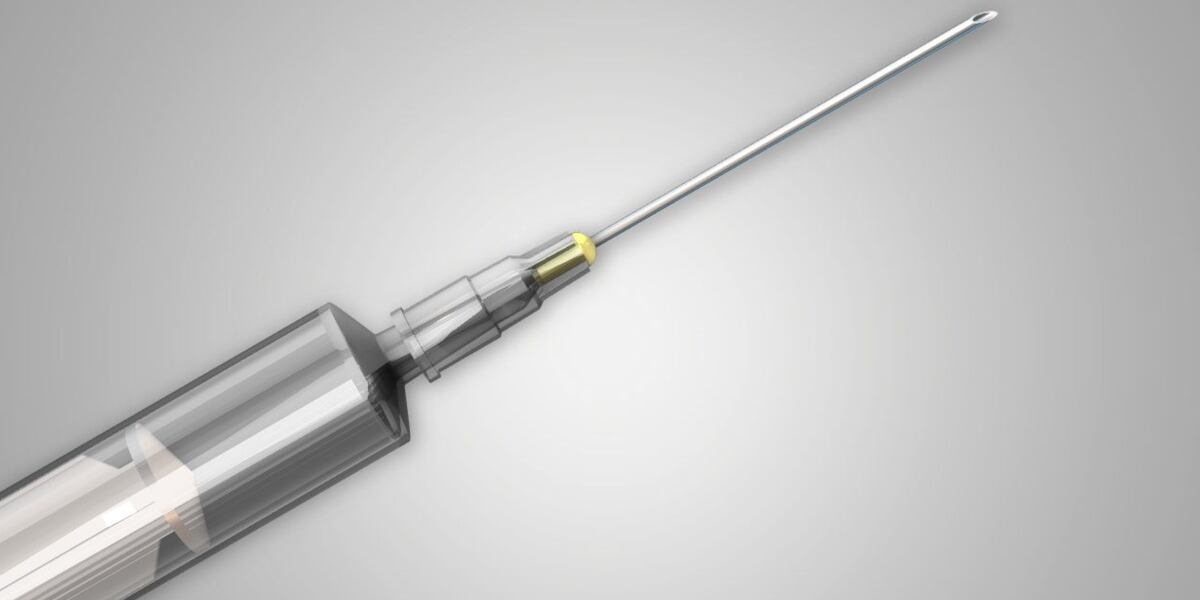Surgical needles are fundamental tools in the field of medicine, playing a crucial role in various medical procedures, from simple suturing to complex surgeries. Over the years, these needles have undergone significant evolution in design, material, and functionality, contributing to improved precision and patient outcomes. In this comprehensive article, we will delve into the world of surgical needles, exploring their types, advancements, and the critical role they play in modern healthcare.
- Evolution of Surgical Needles
The history of surgical needles dates back centuries, with the earliest needles made from bone, wood, or metal. These primitive instruments were often bulky and lacked the finesse required for delicate surgeries. The evolution of surgical needles gained momentum in the 19th century with the introduction of mass production techniques, allowing for more standardized and precise designs.
The 20th century marked a turning point with the development of stainless steel, which revolutionized needle manufacturing. Stainless steel provided durability, corrosion resistance, and the ability to create finer, sharper points. Today, surgical needles are crafted with a keen focus on minimizing tissue trauma, enhancing maneuverability, and optimizing suture placement.
- Types of Surgical Needles
Surgical needles come in various shapes and sizes, each designed for specific procedures and tissue types. The choice of needle type significantly influences the ease of suturing, the strength of the suture line, and the overall healing process. Some common types of surgical needles include:
a. Cutting Needles: These needles have triangular cutting edges on both sides, making them suitable for penetrating tough tissues like skin and tendons. Cutting needles provide excellent tissue penetration but may cause more trauma compared to other types.
b. Tapered Needles: Tapered needles have a round body that gradually tapers to a sharp point. They are ideal for delicate tissues, such as internal organs or blood vessels, where minimal trauma is essential.
c. Round-bodied Needles: These needles have a circular cross-section, making them suitable for suturing soft and friable tissues. They are commonly used in ophthalmic and vascular surgeries.
d. Blunt Needles: Blunt needles lack a sharp point and are primarily used for delicate tissues like the brain or liver. They minimize tissue damage but may require a pre-made hole for insertion.
- Needle Design and Features
a. Needle Geometry: The geometry of a surgical needle is a critical factor influencing its performance. Needles may have a straight, curved, or compound curvature. Curved needles are particularly useful in procedures where visibility and access are limited.
b. Eye Configuration: The eye of the needle can vary in shape and size. Swaged needles have an eye near the pointed end, minimizing tissue trauma during passage. French-eyed needles have an eye at the blunt end and are threaded with the suture material.
c. Needle Coating: Some needles are coated with materials like silicone or PTFE (polytetrafluoroethylene) to reduce tissue drag and make the needle glide more smoothly through tissues.
d. Needle Size: Needle size is denoted by a numbering system, with smaller numbers indicating larger needles. The appropriate needle size depends on factors such as the type of surgery, tissue thickness, and the suture material being used.
- Materials Used in Surgical Needles
a. Stainless Steel: Traditional surgical needles are often made of stainless steel, known for its strength, corrosion resistance, and durability. Stainless steel needles are suitable for a wide range of surgical procedures.
b. Nickel-Titanium (Ni-Ti): Also known as Nitinol, this alloy exhibits superelasticity and shape memory, allowing the needle to return to its original shape after deformation. Nitinol needles are particularly useful in minimally invasive procedures.
c. Polymer Needles: Recent innovations have introduced the use of polymers like PDS (polydioxanone) for surgical needles. These needles are absorbable, eliminating the need for needle removal in some cases.

- Innovations and Technological Advancements
a. Needle Drivers and Holders: Surgeons now have access to advanced needle holders and drivers that facilitate precise control and manipulation of surgical needles. These instruments enhance dexterity, reduce hand fatigue, and enable more efficient suturing.
b. Robot-Assisted Surgery: The integration of robotics in surgery has led to the development of robotic systems capable of performing precise needle insertion. These systems offer enhanced precision, especially in procedures where accuracy is paramount.
c. Microfabrication Techniques: Advances in microfabrication techniques have allowed for the production of ultra-fine needles with diameters as small as a few micrometers. These micro-needles are particularly useful in delicate procedures, such as eye surgeries.
- Challenges and Future Directions
While surgical needles have come a long way, challenges persist. Needlestick injuries pose a risk to healthcare professionals, leading to ongoing efforts to develop safety-engineered needles. Additionally, research is underway to create needles with enhanced biocompatibility, reducing the risk of tissue reactions.
Looking ahead, the integration of smart technologies, such as sensors on the needle tip for real-time feedback, holds promise for further improving the precision of surgical procedures. Furthermore, the development of biodegradable needles may offer sustainable solutions, reducing the environmental impact associated with traditional needle disposal.
Conclusion
Surgical needles, once simple instruments made of basic materials, have evolved into sophisticated tools designed for precision and minimal tissue trauma. The continuous innovation in needle design, materials, and manufacturing processes reflects the commitment of the medical community to enhance patient outcomes and the overall surgical experience.
As technology continues to advance, surgical needles will likely play an even more pivotal role in the evolution of surgery. The integration of robotics, smart technologies, and sustainable materials will shape the future of surgical needles, contributing to safer, more efficient, and environmentally conscious healthcare practices.
